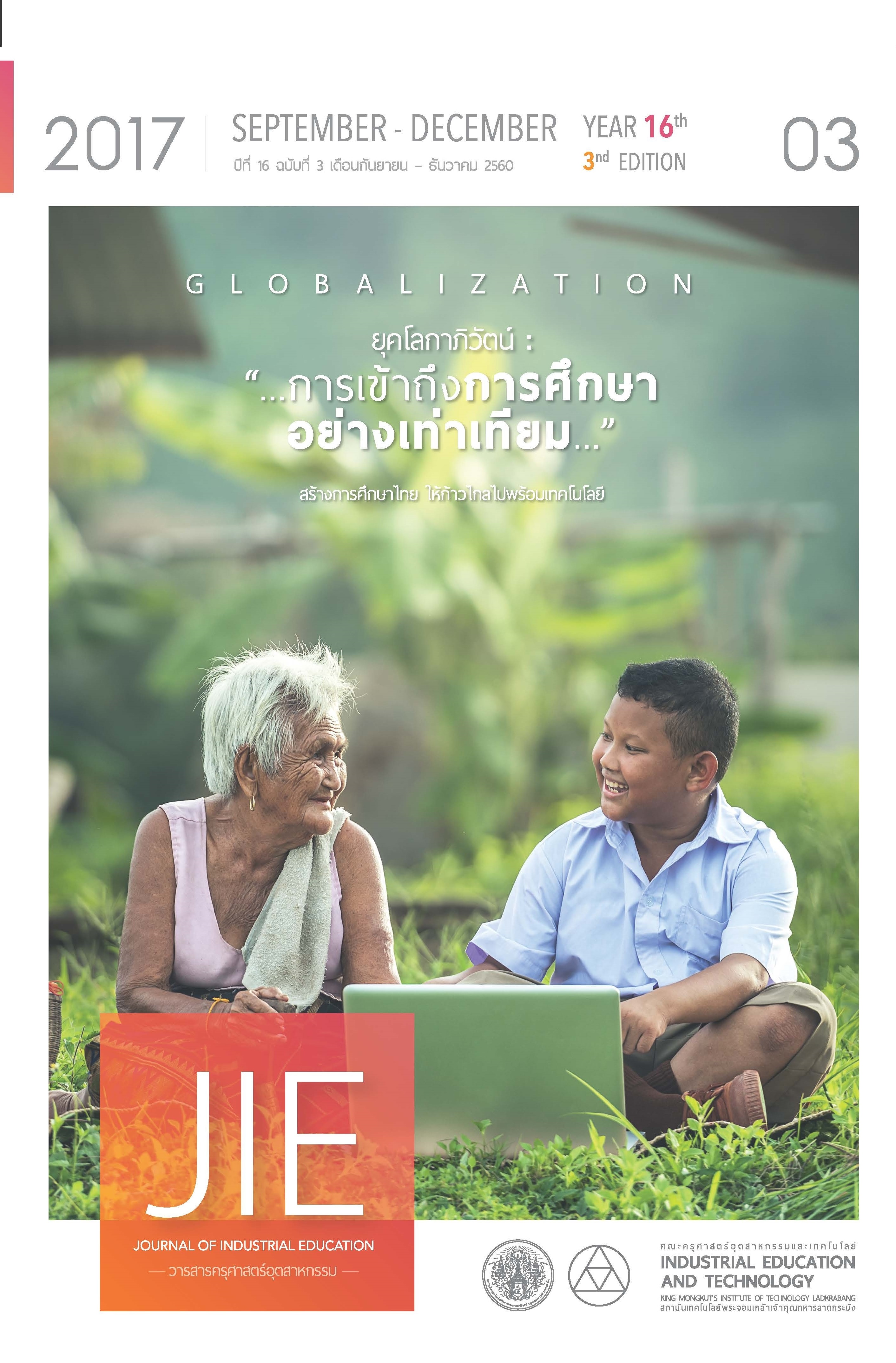SAKAEO PROVINCE DAIRY MILK PRODUCT’S COLLABORATION SUPPLY CHAIN PERFORMANCE ON COMPETITIVE ADVANTAGE FOR ENTERING THE SAKAEO SPECIAL ECONOMIC ZONE
Keywords:
collaboration supply chain, competitive advantage, Sakaeo Special Economic Zone, customer-supplier relationships, purchasing advantageAbstract
The purposes of this research were to study the influence of collaboration supply chain influenced on Sakaeo Province milk product’s supply chain management performance. The sample of this study was the employee who involved in outsourcing procurement; there were 36 people by using self-enumeration method to collect data. The tool used in research was questionnaires. In addition, we used the percentage, factor analysis (Principal Component Analysis: PCA) and multiple linear regression. The results of the research found that there was multicollinearity problem, so principal component analysis can be conceptualized as a six dimensional construct: procurement advantage, supply chain flexibility, relation between customers-supplier, information sharing, the linkage with supply chain and trust among supply chain member. Furthermore, after testing research hypotheses by multiple linear regression; we found that these six constructs all have significant influenced on the performance of Sakaeo Province dairy milk product’s supply chain management at .01.
References
[2] Kripunyapong, R., et al. 2012. Performance improvement of Purchasing and Inventory management (Case: AAA Company). Proceeding of IE Network Conference 2012.
[3] Sarayuth Traisilanan. 2011. Supply Chain Relationship Between Suppliers And Buyers In Food Industry Nakhon Ratchasima Province. Thesis, the Degree of Master of Management, Suranaree University of Technology.
[4] Suneerat Aimlamai, Adual Wangtal and Jurairat Thanomkij. 2013. Food standard through whole supply chain to support the propulsion of strategy for food safety: dairy milk. The Thailand Research Fund (TRF).
[5] Wangnamyen dairy Cooperative Limited. 2017. Background “Wangnamyen dairy Cooperative Limited”. [online]. Retrieved from http://www.wangnamyendairy.com/ (January 24, 2017).
[6] Choengdee, Ch. (2017, March 20). Warehouse manager Wangnamyen dairy Cooperative Limited. [Interview].
[7] Narasimhan, R. and Das, A. 2001. The Impact of Purchasing Integration and Practices on Manufacturing Performance. Journal of Operations Management, 19 (2001), p. 593–609.
[8] Dawei, Zh., et al. 2011. Policies, Customer-Supplier Relationships and Information Systems and Technologies in the Purchasing Function and Their Impacts on Purchasing and Supply Chain Management Performance. The Proceeding of IEEE 2011.
[9] Pimtaku, S. 2011. Operational Efficiency with ERP Procurement System: A Case Study of Rajamankala University of Technology Isarn, Nakhon Ratchasima Province. Independent Study, the Degree of Master of Business Administration (Information Systems), Rajamankala University of Technology Thanyaburi.
[10] Liu, L. 2011. The Effects of Manufacturing Firm’s Supply Chain Performance on Competitive Advantage. 2011 Fourth International Joint Conference on Computational Sciences and Optimization.
[11] Li, S., et al. 2006. The Impact of Supply Chain Management Practices on Competitive Advantage and Organizational Performance. Omega, 34(2006), p. 107 – 124.
[12] Mathakanokkul S, Atthirawong W. and Trimetsoontorn J. 2011. Readiness of Using Supply Chain Management for E-Commerce Retail Business in Thailand. Journal of Education Industrial, 11(1), p. 147-156.
[13] Panayides, P., Venus, Lun Y.H. 2009. The Impact of Trust on Innovativeness and Supply Chain Performance. International Journal of Production Economics, 122(2009), p. 35–46.
Downloads
Published
How to Cite
Issue
Section
License
"The opinions and contents including the words in papers are responsibility by the authors."
"ข้อคิดเห็น เนื้อหา รวมทั้งการใช้ภาษาในบทความถือเป็นความรับผิดชอบของผู้เขียน"



